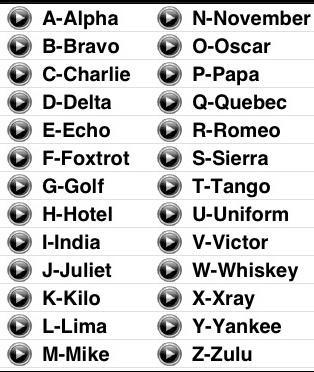

Language of Air Traffic Control
The international language of Air Traffic Control has been established as English meaning that all personnel are required to speak English if needed. Per ICAO, the native language of the station on the ground can be used, the native language for a region is usually used, however the English language must be used upon request by either party.
ICAO language standards for Air Traffic Controllers are as follows:
Amendment 164 to Annex 1 has introduced strengthened language proficiency requirements for flight crew members and air traffic controllers. The language proficiency requirements apply to any language used for radiotelephony communications in international operations. Therefore, pilots on international flights shall demonstrate language proficiency in either English or the language used by the station on the ground. Controllers working on stations serving designated airports and routes used by international air services shall demonstrate language proficiency in English as well as in any other language(s) used by the station on the ground.
Distinctive call signs are used to allow for safe air traffic separation. Call signs are permanently allocated by ICAO and are written with a 3 letter combination followed by the flight number; ex: British Airways flight 877 would be BAW877.
There are also audio call signs used for radio contact between pilots and ATC; these are not always the same call signs as the written one, ex: a BAW flight could be referred to as Speedbird over the radio. The call sign for any other flight by default is the registration number of the craft, ex: N12345. When using such call numbers, the phonetic alphabet should be used (ABC = Alpha-Bravo-Charlie) and numbers should be spoken out individually instead of lumped together (345 = three-four-five instead of threefourtyfive). In the United States, once communications have been established in each sector, the abbreviation of call signs is required to be a prefix (aircraft type, aircraft manufacturer, or first letter of registration, etc) followed by the last three characters of the call sign.
The flight number in a call sign is determined by the aircraft operator; the same call sign may be used for the same scheduled flight each day it is operated. As a general rule of thumb, eastbound flights are even and westbound flights are odd. Many airlines now use alphanumeric call signs to reduce confusion; these are not based on flight numbers. It is the right of the air traffic controller to change the audio call sign for the period the flight is in his sector if he deems there is a risk of confusion.